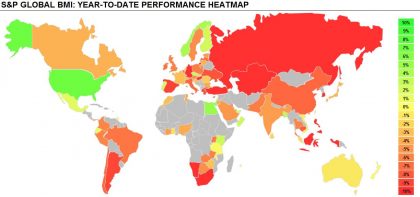Debt – actually too much debt – played a leading role in the 2008 financial crisis. A mortgage borrowing binge and a flood of mortgage backed securities set the stage for the collapse of Lehman Brothers and recession that followed. In the immediate aftermath almost every part of the economy went through a period of belt tightening as debts were paid down.
Ten years after the financial turmoil, the economy is feeling good but people are still wondering if, or when, we will face another severe downturn or credit collapse. One place to gauge the risks whether debt levels are lower and we as borrowers have learned from experience.
Outstanding mortgage debt accelerated going into the financial crisis and then sharply reversed as consumers began paying down debt. From a peak of $10.7 trillion in the spring and summer of 2008, mortgages dropped to $9.4 trillion in the 2014 third quarter before starting to creep up. As of last March, mortgages had not reached a new high. The drop in consumer credit was much less pronounced and reversed to resume climbing much faster than mortgages did. Reflecting the currently strong economy, consumer credit outstanding is now 45% higher than its 2008 peak.

In the mortgage sector, the dollar-weighted share of new loans to the most credit worthy borrowers rose from about 25% before the financial crisis to around 55% in the last few years. The share of new loans accounted for by the least credit worthy groups dropped slightly while declines in the middle group accounted for the rising share among the best credit risks.

Financial sector debt followed a similar pattern, peaking in the third quarter of 2008 at $18.2 trillion, sliding until the 2012 second quarter when it fell to $14.7 trillion and then beginning to climb again. However, the climb since 2012 has been quite bumpy with some quarters seeing financial sector debt outstanding drop.

The recent pattern of Federal government debt is just upward. Rather than measuring by dollars, we look at federal debt held by the public as a percentage of GDP to scale the debt to the size of the economy. Debt held by the Federal Reserve or other federal government agencies is excluded. The debt fell from 1998 to 2001 as the government enjoyed a surplus. It remained roughly flat until the financial crisis. Then debt climbed rapidly from 2008 to 2013 as higher federal spending combated the recession. Since 2014, federal debt is rising at a more modest pace. Unlike both consumer and financial sector debt patterns, there was no pay down. Currently federal debt as a percentage of GDP is about 78%.

The Congressional Budget Office (CBO) estimates it will keep gaining to an average of 98% over 2019-2028 and breaking 120% in the late 2020s or early 2030s. Those levels would be higher than the levels seen in the Second World War. CBO doesn’t predict a decline in federal debt.
The posts on this blog are opinions, not advice. Please read our Disclaimers.














